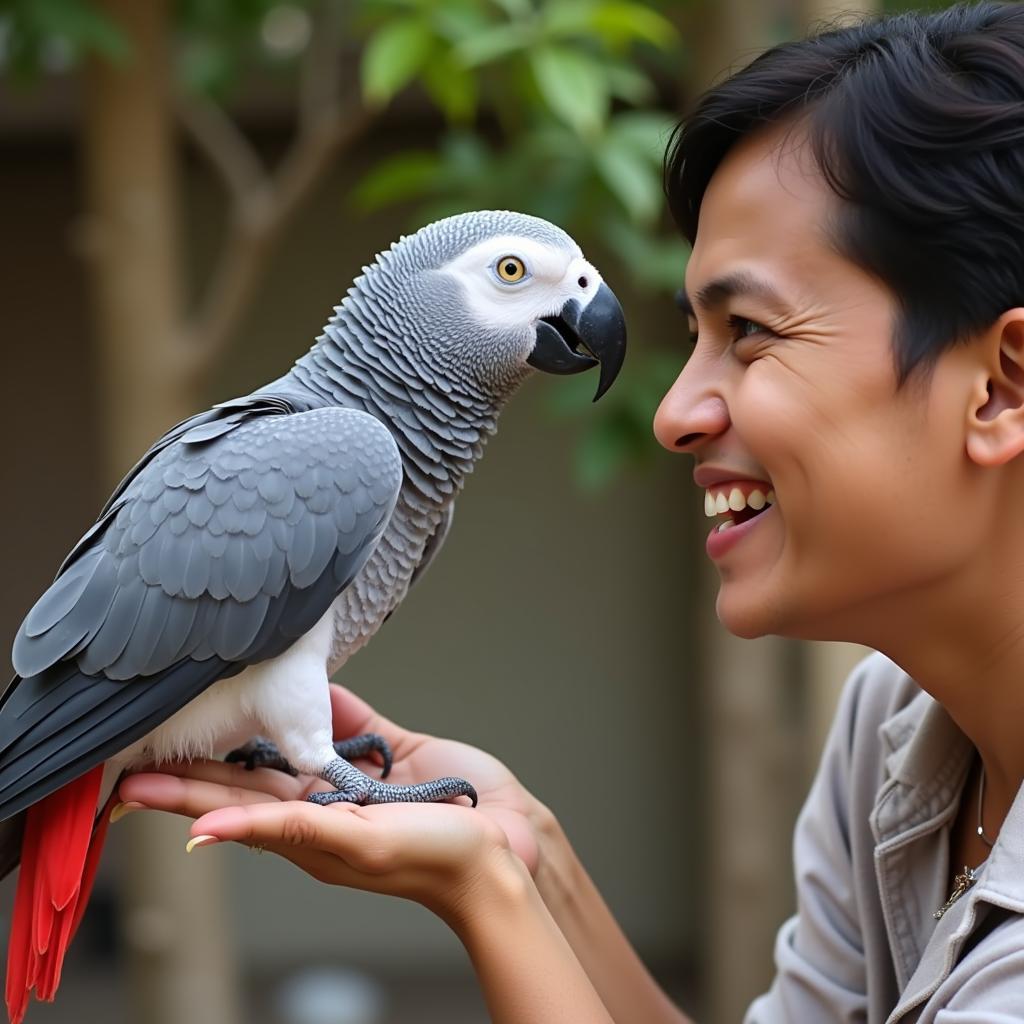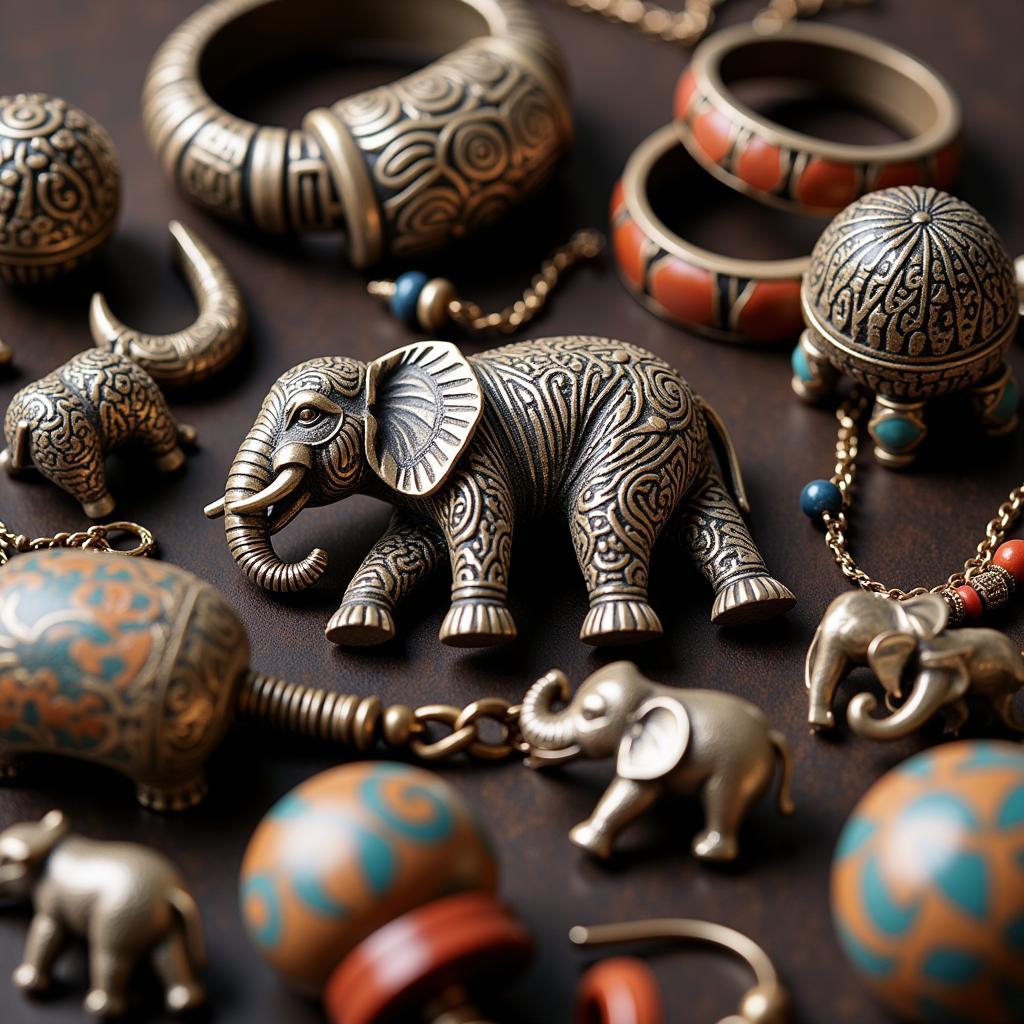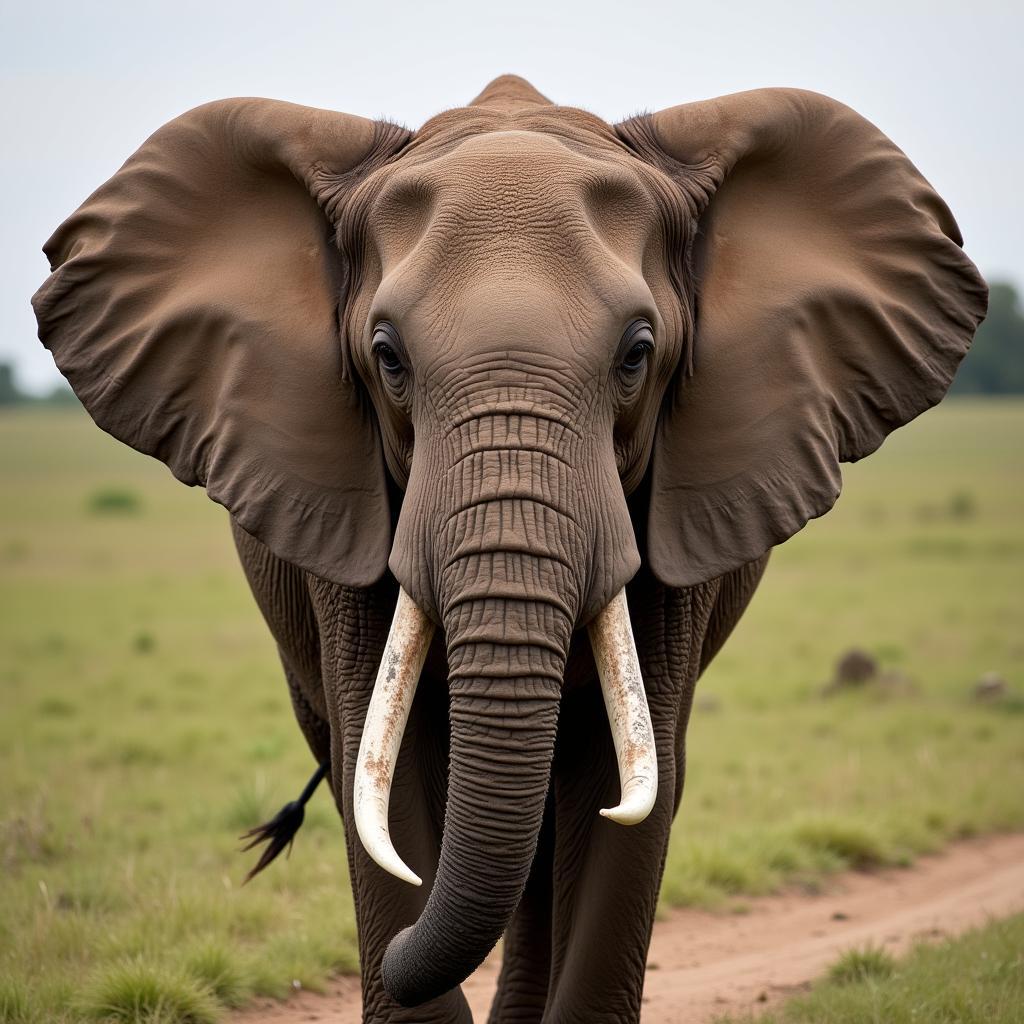The African Cheetah in Groups: A Rare Sight and a Unique Social Dynamic
The African cheetah, known for its incredible speed and striking spots, is typically considered a solitary animal. While this is true for most of its life, the cheetah has a fascinating social dynamic that often involves living in groups. These groups, called coalitions, play a crucial role in the cheetah’s survival, providing support and protection. Let’s dive into the world of the African cheetah and discover the unique characteristics of these rare groupings.
Why do Cheetahs Form Coalitions?
Cheetahs, especially males, form coalitions for various reasons. The primary driver is survival and access to resources. Coalitions offer a significant advantage in the harsh African landscape.
- Protection from Predators: Coalitions provide a united front against powerful predators like lions and hyenas, which often target cheetahs for their cubs or kills. By working together, they can effectively deter these threats.
- Defending Territory: Coalitions can successfully defend their hunting territories against other male cheetahs, ensuring access to vital prey.
- Increased Hunting Success: Collaborating in hunting allows cheetahs to bring down larger prey, especially when facing fierce competition from other predators.
Understanding Cheetah Coalitions: A Closer Look
Composition and Dynamics
Cheetah coalitions are usually formed by siblings or related individuals, often sharing a strong bond. These groups typically consist of 2-4 males. Interestingly, female cheetahs are rarely part of coalitions, preferring to remain solitary or form temporary alliances with their offspring.
Hierarchy and Roles
Within a coalition, there is often a clear hierarchy with a dominant male leading the group. This dominant male typically has priority access to food and mates. However, coalitions can be fluid, with changing dynamics based on factors like age, size, and hunting success.
Benefits of Living in Coalitions
Coalitions offer several advantages for male cheetahs:
- Increased Survival Rates: The shared defense mechanisms and collective hunting strategies contribute to higher survival rates, especially against predators.
- Greater Access to Mates: Dominant males within coalitions have a higher chance of securing mates and producing offspring.
- Enhanced Territorial Defense: Coalitions can effectively protect their territories, securing access to crucial resources.
Challenges of Coalition Life
Despite the benefits, coalition life also presents challenges:
- Competition and Conflict: Competition for resources, particularly food and mates, can lead to conflicts within coalitions.
- Social Dynamics: Maintaining harmony and navigating the complex social dynamics within a coalition can be demanding.
- Dispersal and Dissolution: As coalitions mature, members may disperse to seek their own territories, eventually leading to the dissolution of the group.
The Role of the Environment
The environment plays a critical role in shaping cheetah coalitions. Areas with abundant prey and minimal competition encourage the formation of larger and more stable coalitions. Conversely, regions with limited resources and high predator density often favor smaller, more transient groups.
“Cheetahs are incredibly adaptable animals, and their social structures reflect the unique challenges of their environment,” says Dr. Sarah Wilson, a leading cheetah researcher. “Coalitions are not always permanent, but they offer a vital survival advantage in a world where competition is fierce.”
The Future of Cheetah Coalitions
While cheetah coalitions are a fascinating aspect of their social behavior, their future remains uncertain. Habitat loss, human-wildlife conflict, and poaching continue to threaten cheetah populations. The success of conservation efforts is crucial to safeguarding these unique groups and ensuring the survival of this iconic species.
FAQ
Q: Do all cheetahs live in coalitions?
A: No, most cheetahs, especially females, live solitary lives. Coalitions are primarily formed by males, and even then, not all males live in groups.
Q: What happens when a coalition member dies?
A: The remaining coalition members may continue as a group or disperse to find new partners. The dynamics of the group can change significantly with the loss of a member.
Q: How do cheetah coalitions compare to other social cat species?
A: Unlike lions, which form prides with a strong social hierarchy, cheetah coalitions are more fluid and less structured.
Q: Why are cheetah coalitions so rare?
A: Coalitions are not as common as other social structures in the cat family. This is partly due to the cheetah’s solitary nature and the challenges of maintaining a group in a harsh environment.
Q: What can we do to protect cheetah coalitions?
A: Support conservation efforts by donating to organizations working to protect cheetahs and their habitats. You can also educate yourself and others about the importance of cheetah conservation.


